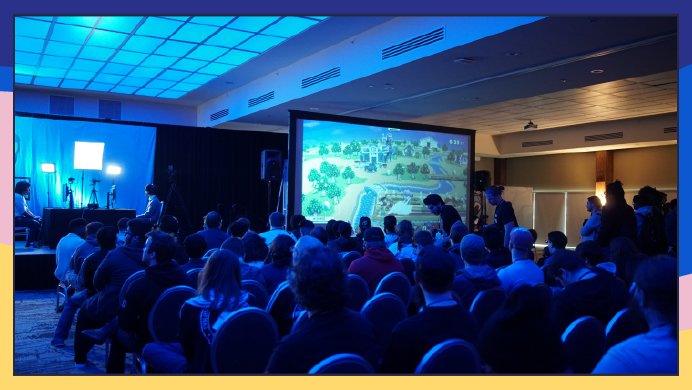In today’s world, access to just about any kind of information imaginable is available at the click of a button. Type in a search term and you’re pretty much assured of finding something that relates to your topic. In learning and development, and instructional and graphics design, it can be tempting to use such resources to demonstrate a procedure (YouTube video), illustrate a point (funny photo/meme), or simply improve the auditory and/or visual presentation of your content (sound effects/cool graphics). You may even think that you will only use it internally, or just once.
If you’ve been in the learning industry for any length of time, however, you are probably aware that you can’t simply go on a fishing expedition on the Internet and plop in whatever you might come across. Copyright and intellectual property laws remain in effect, and your company and/or clients could face liability issues if the deliverables you present contain music, images, videos, etc., for which you have not obtained all the proper legal permissions. Not respecting these procedures can lead to steep penalties, and your company’s reputation can be at stake.
This is not an insurmountable issue. You’d be surprised at the number of people that generate content simply because they have a passion for a particular subject. They’re often willing to share that content in exchange for a simple acknowledgement. Let’s take a look at what you can and can’t use, and how to go about obtaining permission to use content that supports your overarching learning objectives and is readily available online.
YouTube Videos
YouTube is teeming with explainer videos that illustrate abstract concepts or provide step-by-step demonstrations of how to complete a task. If you come across a video that is suitable for your content, your first step is to figure out what kind of copyright might be in place. The most common is the Standard YouTube License, which basically allows YouTube to broadcast the video, with the creator retaining the copyright. If this is the case, you can private message the creator, requesting to use the content. If the creator grants permission, you’re good to go, as long as you respect the conditions of use, which should be outlined in your message exchange. Do not, however, download, insert, or edit videos under the Standard YouTube License without permission.
If you’re lucky enough to come across a video that is licensed under the Creative Commons copyright, the terms of use are even simpler. Creative Commons is a type of public copyright that allows the creator to retain a copyright, but permits others to distribute, use, or build on the original content according what is specified in the license. Some Creative Commons licenses require only attribution, others only authorize non-commercial use, and others might require that the original content remain unaltered. Be sure you know what type of CC license is in place before splicing and dicing video content.
Photos and Graphics
The visual aspect of your deliverable is crucial, particularly if the content is somewhat dry. Again, usage rights are at issue here. You can’t simply plug a concept or term into a search engine and use the image that best suits your needs. There are two solutions here. You can either ensure that your search results are filtered by license type, a functionality available in the settings of most search engines, or you can source your images directly from dedicated sites such as Pixabay and Unsplash. Contributors to these sites allow their images to be freely used, and while they don’t legally require any type of acknowledgement, it’s wise to include that information somewhere so that you can confidently provide source information to your clients.
Many organizations are not fully aware of the risks involved with using copyrighted material, and might have previously used vendors that rationalized the use of easily accessible content, irrespective of copyright issues. That’s not the way to go. When clients realize that part of what you offer is protecting the integrity of their content by scrupulously respecting the intellectual property rights of others, the likelihood of building a long-term relationship increases exponentially.







